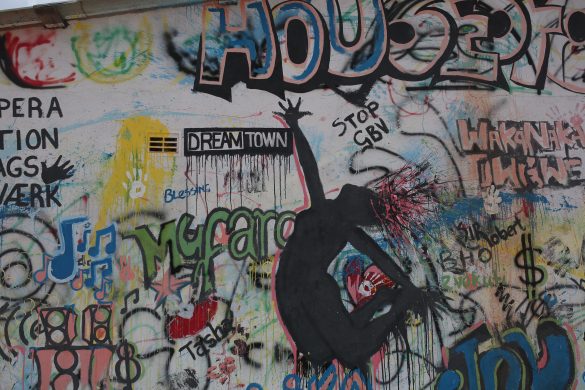An environmental impact study on a road Tanzania wants to build through the famed Serengeti National park found that it may affect the renowned wildebeest migration (gnuernes årlige vandring) and threaten endangered species, according to a copy of the leaked report.
Tanzanian President Jakaya Kikwete, though, says his government will continue with plans to build the 54-kilometer road through the park. Kikwete said the road will remain unpaved (grusvej) and that Tanzania “will do nothing to hurt the Serengeti”.
The proposed road will cut travel times for residents in some northern Tanzania villages living without tapped water or electricity who currently spend eight hours on a 170-kilometer dirt track to reach Mto wa Mbu, a town outside the park, Kikwete said.
The northern route has drawn criticism from environmentalists including the Wildlife Conservation Society, based in New York, and the Zoological Society of London.
Vehicles (køre-tøjer) moving along the road may collide with the migrating mammals (pattedyr), while the increased traffic may block their northward migration to the Maasai Mara National Reserve in neighbouring Kenya.
The groups recommended the government choose an alternative option to expand the road network, possibly closer to the southern edge of the park.
President Kikwete said he has rejected an offer of World Bank financing to study an alternative route that would have followed the southern boundaries of the park, thus eliminating any risk to the migration.
He said the southern route would not have helped the poor communities around the northern edge of the park.
—————–
Serengeti nationalparken blev oprettet af den dav. britiske kolonimagt i 1951 og har et areal på ca. 12.950 km². Den ligger mellem Lake Victoria, Lake Eyasi og Great Rift Valley og er medtaget på UNESCOs liste over vor umistelige Verdensarv (Heritage sites).
Området har bl.a. flere end 2 millioner gnuer, 500.000 gazeller og 250.000 zebraer – se mere på www.serengeti.org
Navnet stammer fra masai-sprogets ord “Serengit”- uendelige sletter.
Serengeti er uløseligt forbundet med den tyske ZOO-direktør, Bernhard Grzimek (1909-1987), som i 1959 udsendte dokumentarfilmen “Serengeti må ikke dø”. Den fik en Oscar og blev også vist herhjemme.
Filmen skabte international opmærksomhed om Serengetis skæbne og værdi for kommende generationer og medvirkede i høj grad til, at området blev bevaret som nationalpark, da det dav. Tanganyika opnåede selvstændighed fra briterne i december 1961.
Hans søn, filmmanden Michael Grzimek, døde under optagelserne i Tanzania, da en grib fløj ind i hans lille fly. Far og søn ligger begravede på randen af Ngorongoro krateret i et naturreservat, som støder op til den nationalpark, de begge elskede og kæmpede for.
Kilde: www.worldbank.org og andre














